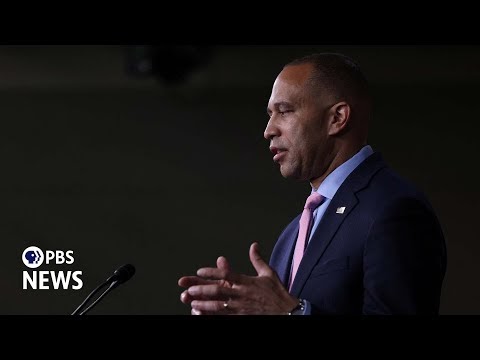The Health and Human Services Department has terminated the Minority Biomedical Research Support program, which provided colleges and universities grants to increase the number of minority faculty, students and investigators conducting biomedical research.
In a notice published Monday in the Federal Register, HHS secretary Robert F. Kennedy Jr. said the cancellation is to comply with two anti–diversity, equity and inclusion executive orders President Trump signed in January on his first two days back in office, plus the 2023 U.S. Supreme Court decision banning affirmative action in college admissions decisions. The change is effective Sept. 25.
“The MBRS program prioritizes racial classifications in awarding federal funding,” including by relying on “‘minority student enrollment’ to determine applicant eligibility,” Kennedy wrote. And, though the Supreme Court ruling focused on university admissions, Kennedy wrote that “the principles identified in Students for Fair Admissions also apply to the federal government and require repeal of the MBRS program.”
STAT reported the move earlier. Rochelle Newman, a University of Maryland psychologist who used the grant to pay undergraduate researchers and train them, told STAT that “cutting of these programs means that an entire generation of students will end up being lost to science.”



